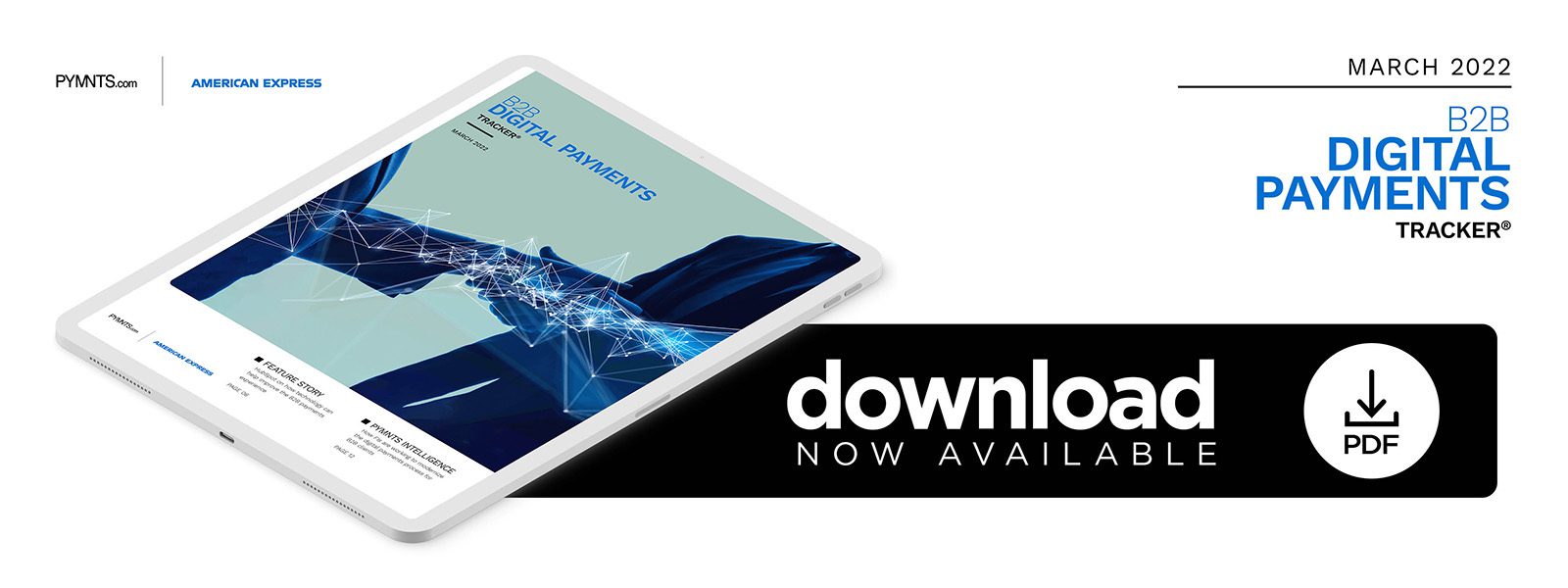HubSpot on How Technology Can Help Improve the B2B Payments Experience

It’s a common complaint from B2B buyers that the purchasing process is too complicated or difficult. In the B2B Digital Payments Tracker, HubSpot’s Michael Vittum explains how eliminating fragmentation and complexity with the help of robust CRM platforms helps streamline the business buying process for the better.
Many companies are looking for ways to better serve and understand the needs of their customers in an increasingly digital-first economy, and business-to-business (B2B) customers should be no exception. As automation and digital technology proliferate and physical interactions decrease, it has become more important than ever for businesses to offer a frictionless experience along with top-notch customer service to both consumers and B2B partners.
“Buyers of B2B technology expect to have the same quick, seamless experience that matches [business-to-consumer] experiences offered by companies like Amazon or DoorDash,” Michael Vittum, senior manager and go to market lead for payments and commerce at HubSpot, told PYMNTS in a recent interview. “The pandemic [has] driven this gigantic shift in buyer behavior, and businesses must adapt to that in the post-pandemic world.”
Some businesses have been slow to adapt, he noted. HubSpot is a customer relationship management (CRM) platform with tools and integrations for marketing, sales, content management and customer service. Vittum said he sees many merchants still using inefficient payment processes that lead to a number of frictions.
“I think companies have to have a level of comfortability in adopting new processes,” he said, “[but] change is scary, especially a change in how an organization handles its money.”
One of the problems with antiquated B2B payment processes, he said, is that outdated systems still rely on manually processed invoices and paper checks. Such methods not only open the door to errors, but also miss the opportunity to capture valuable customer data and measure trends and patterns because they cannot integrate this information directly into accounts payable (AP) and accounts receivable (AR) systems.
This data, Vittum said, is the key to both streamlining and personalizing the B2B buying experience.
Improving the Customer Experience With Digital Streamlining
“We see three core pain points in businesses: poor buying experience, wasted time and lost or delayed revenue,” Vittum continued. “Seventy percent of B2B buyers found their latest purchase to be complex or difficult.”
Vittum attributed much of the problem to a fragmented business approach, citing the current multitude of tools often being used in business transactions. Front- and back-office processes have a tendency to be separate at many companies, he explained. One tool is used to sign a contract, another is used to pay an invoice and still others connect to order fulfillment and other back-office processes.
Business customers demand that their time be valued and prefer a frictionless experience. To achieve this, Vittum said companies must centralize the collection of customer data, including payments data, to create a more unified buyer experience. A robust CRM platform with all these tools in one place can help streamline the B2B buying process.
This digital streamlining of the payments process not only makes for greater efficiency and a smoother experience, but it can also pay dividends by providing a better understanding of customers’ needs and buying habits, allowing companies to serve them better in the long run.
Digital payment solutions can integrate directly into a CRM platform, enabling customer service and sales teams to generate a full view of their customers by their habits and preferences. This, in turn, can allow for more personalized sales interactions — an increasing necessity in both B2B and consumer-facing customer relationships.
“Bringing commerce into the CRM helps you provide a complete view into the customer journey,” Vittum explained. “If I’m a [customer service or sales] representative, I can go in, look at the history and see that they purchased X, Y or Z — or that they seem to be on, say, a quarterly cadence for purchasing — and that this is a good time to reach out [to] offer them something else. I think it just empowers [customer service professionals] to do their job a lot better.”
Vittum said the pandemic prompted many companies to increase both the speed of their digital transformations and the money they were willing to spend on them. While upgrading payments and CRM systems can be expensive, B2B buyers now expect a seamless experience, and companies can no longer afford not to upgrade.
Incorporating eCommerce into CRM promises to do a lot more for businesses than improve efficiency: It can strengthen B2B partnerships and loyalty, adding to the bottom line.
